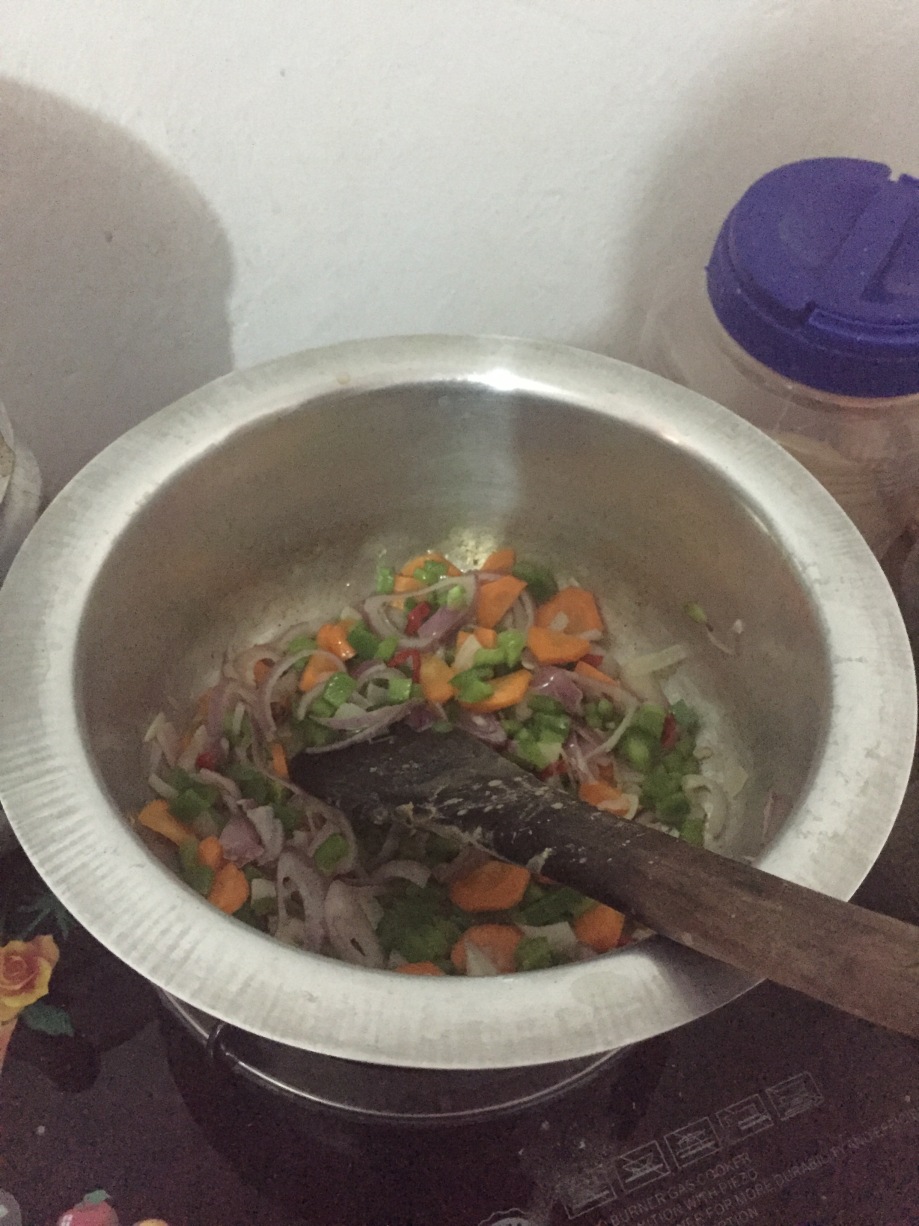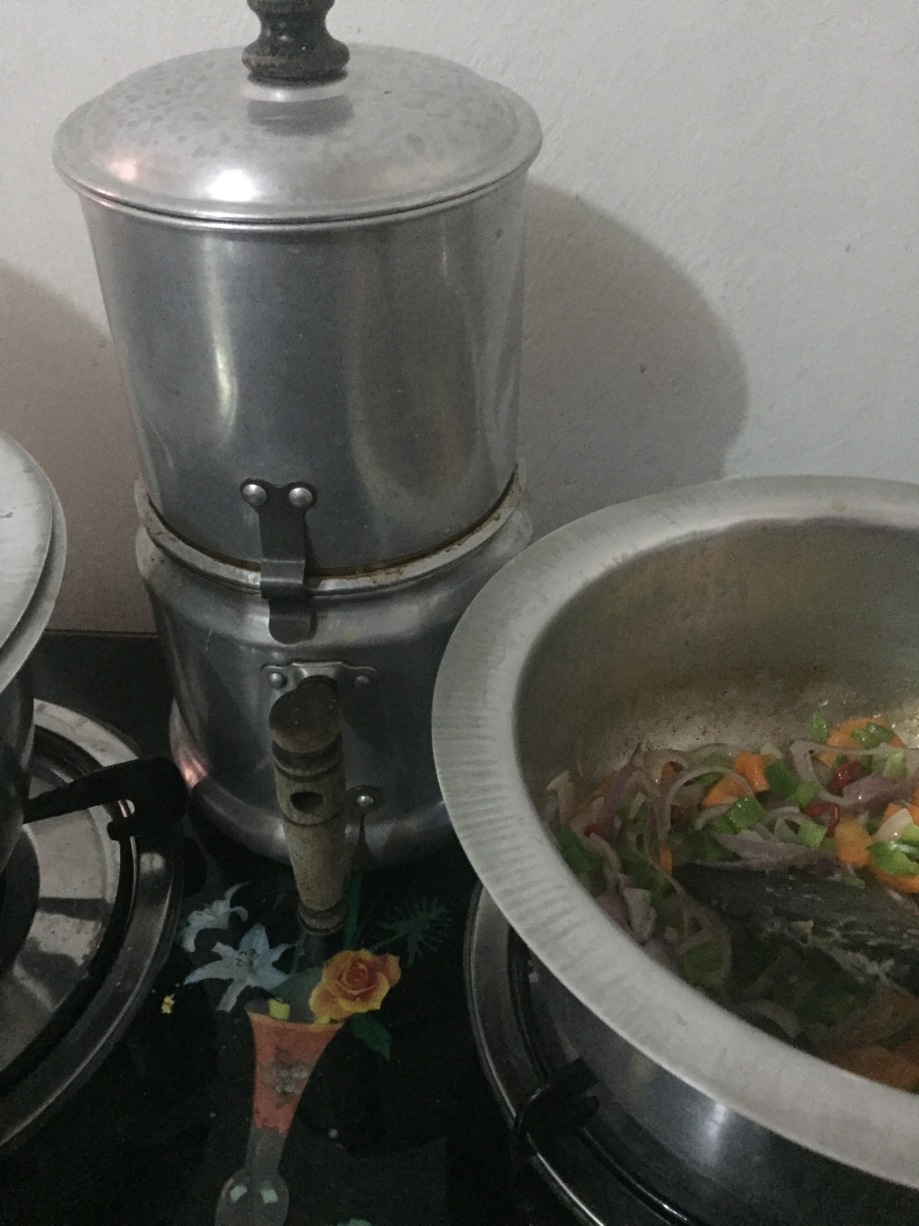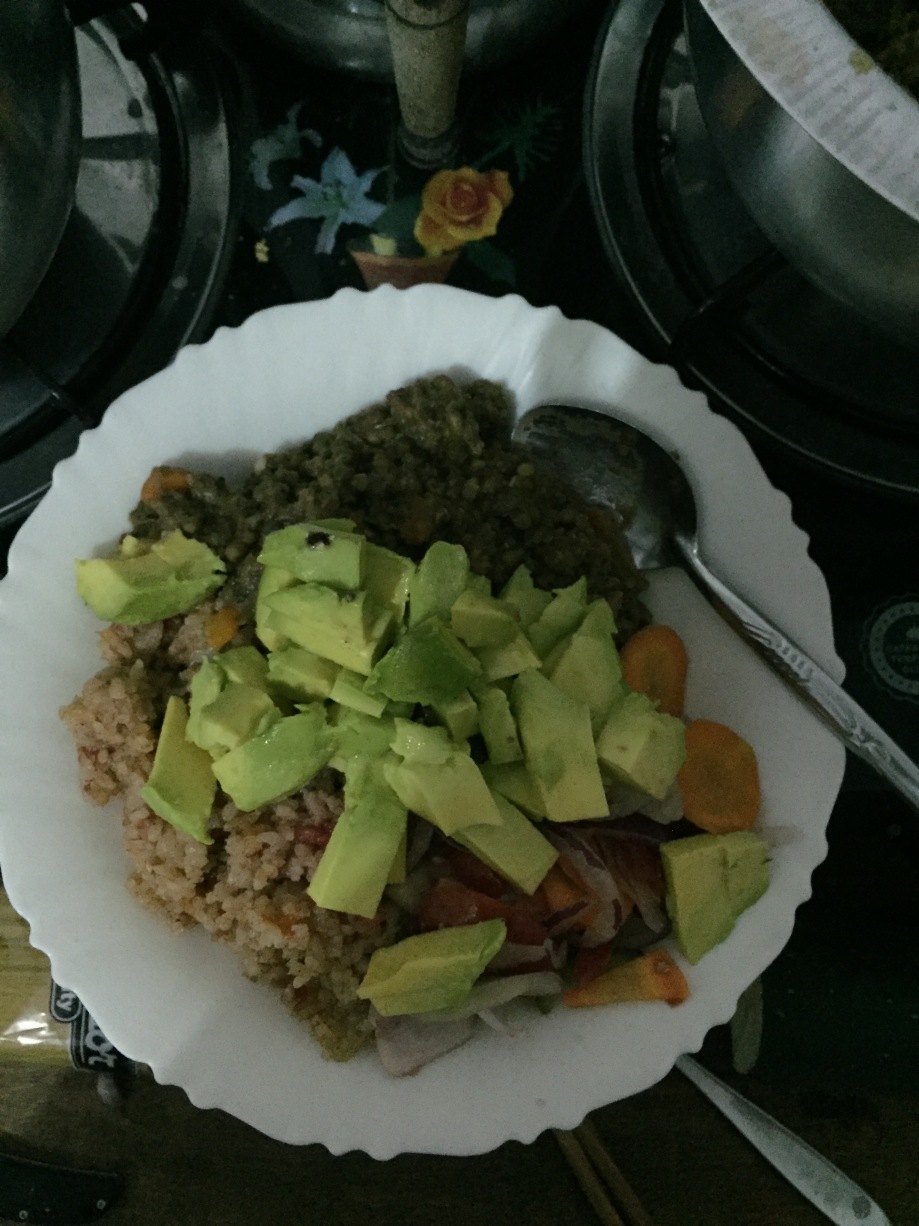My relationship with this dish has been fraught with both cultural and kitchen mishaps. Before I share the recipe with you I feel as though I must share how I became aquinted with the grouping of rice dished called “Pilau.”
Tanzania, especailly the coastal areas like Dar Es Salaam and Zanzibar, are richly influenced by centuries of trade with North African and Middle Eastern traders as well as the Indian residents who have had a much longer relationship with Tanganyika, now Tanzania, than western colonizers. The proof of these interactions are revealed in the large Islamic population, the Arabic influence in Kiswahili which was originally a trade language written using Arabic letters and introduced inland as a common language with the Roman alphabet much later, and fashion and entertainment industires- watching Bollywood dubbed into Swahili is a really trippy experience.
The other important thing to know is that Tanzanians do a really great job of integrating the traditions of immigrants into common culture. Tanzanians do such a good job at this, that often it becomes difficult to distinguish things that are East African now and that became so through introductions by ethnic groups not native to this country, and things that have always been East African/Tanzanian.
Pilau is one of these culturally crunchy foods. It is a staple in a lot of Tanzanian homes, it is inexpensive and simple to make. It is akin to a crock pot meal, if you will. Most of the folks I asked about it, even a friend from Kenya, confidently insisted it is a traditional African dish. I was happy to believe that except, what I know about Tanzanian foods is that they are generally not foods that depend on spice to be good. And Pilau is nothing without the spices that your grandmother grinds by hand while sitting on the floor of her traditional home (in my case I ask someone else’s grandmother). In a trip to Dar Es Salaam, I encountered many more variations of Pilau spice and recipes. It is also where I learned that while there is no debate of it’s Africanness now, it may have been one of those foodways that followed along with North African or Indian settlers.
To make this all more complicated, in my months of experimenting I began to add Tony’s because, wether or not Pilau is spicy when Indians make it, Tanzanians do not usually enjoy spice and so I had to improvise. Aside: once a child told me that orange juice was spicy. Its a dire situation here folks. Send help.
All if this to say, I don’t really know the origin of this dish in the form I have learned. I’m especially not sure who this recipe is offending. So here we go!

Ingredients:
Cumin
Cardamom
Curry Powder
Cinnamon
Anise
Black Pepper
2 Bay Leaves
Fresh spicy peppers of your choice or ground red pepper
Salt
***Tony Chachere’s*** Slap Ya Mama may also work as an alternative to this alternative ingredient.
White rice
Bell Pepper
Onion
Green onion
Garlic
Carrot
Potato
Tomato
**Celery may be good as well but I have never tried since I do not have access to it here- however I am a staunch trinitarian.**
Fresh Ginger
Vegetable oil

Directions:
1. Have your rice cleaned and rinsed first, then set it aside. If you are in a place where that is not necesary, ignore this step.
2. Mix Cumin, Cardamom, Curry, Cinnamon, Anise, and Black Pepper together. I don’t use measuring spoons, I would say that Cumin and black pepper are the two most important of the spices. Or of course, ask your neighborhood Grandmother to do this for you.
Set this mixture aside for now.
3. Peel and roughly chop all vegetables and place them directly into a very large pot. Leave out the ginger and tomatos.
3. Add an ammount of oil to your pot of vegetables that just seems astronomical. Sautee the contents of the pot to the consistency you prefer. I like a translucent onion but a carrot that still has a little bit of crunch.
4. Add the tomato and grate just a whole bunch of ginger directly into the sauteeing vegetables.
5. Continue to stir so that the tomatos partially liquefy.
6. Add in your rice. The ammount of vegetables to rice is about personal preference. I like a lot of vegetables, a ratio of one to one.
7. Add your mixed spices, salt, and red pepper (fresh or ground) to taste. And the Bay leaves. And then when no one is looking add the Toney’s. Shhhhhhhhhh!
*A note on fresh pepper. There are several varieties of very spicy peppers here including Pilipili Mbuzi (Habanero/Scotch bonnet) and Pilipili kichaa (I don’t know what that is, but its reaaal spicy). Some folks will throw them in the pot in large chunks or leave them whole and bruise them, with the intention to take them out before serving. But chopping them and adding is also fine.
8. Continue to stir the mixture. The ammount of oil should not seem astronomical anymore.
9. Add twice as much water as there is other matter in the pot. In other words, one part food, two parts water.
10. Cover and let cook until the water has boiled out. Do not open the lid to check more than once as it will make your rice sticky- not in an appetizing way. I do not use a timer. But don’t stress, when it is done you will feel the spirits of your ancestors calling to you. I think the sprits that help make a gumbo good are willing to help out with Pilau as well.
If you are not particularly close to the spirits of your ancestors, I like to do laundry, then dishes, then read a New York Times article, then do some yoga. It is usually about ready by then. Tune in next time for “Yoga with Benadetta.” If you are cooking for many people this timing may not be right for you.

Variations:
You can use meat if you prefer. If you are using beef or goat I suggest boiling it before hand. Its also courteous to let your guests know if they should expect bones or not. Chicken or shrimp will cook fine in the pot. I have never used sausage but I imagine some Andouille or Tasso would be quite nice also. Add your meat at the same time you would in a gumbo, after the vegetables.
Cashews are also an additional option. I have never used them, I think that might be more common in Indian Pilau. Sounds delicious though.
You can also substitiute or add in sweet potatoes to the list of vegetables.
***Try this recipe! If you are successful (or unsuccessful) and send me a picture I will add it to the bottom of the blog post! Let me know what your struggles are with the recipe. Or answer the question we are all secretly thinking, how different is this exactly from Jambalaya?

I made faro, roasted asparagus, mushrooms, sliced almonds topped with tomato and avocado in a little oil and vinegar. Faro cooked with Better than Bullion and some Penzy’s Fox Point seasoning. And a dash or two of Tabasco. Not Pilau, but good for a lazy Sunday.
PS. Love your blog.
LikeLiked by 1 person
So cool! I definitely plan on learning to make this:) Thank you for the fabulous post!
LikeLiked by 1 person
Good luck! My mother likes to say that you have to make things with love for them to turn out well. I believe that 100%.
LikeLike
Hi Bernadette! Your blog is so well written and interesting. What a beautiful ministry you are involved in. I pray for you and the work you are doing! Michael says hi. Luv ya!
Lori B.
LikeLiked by 1 person